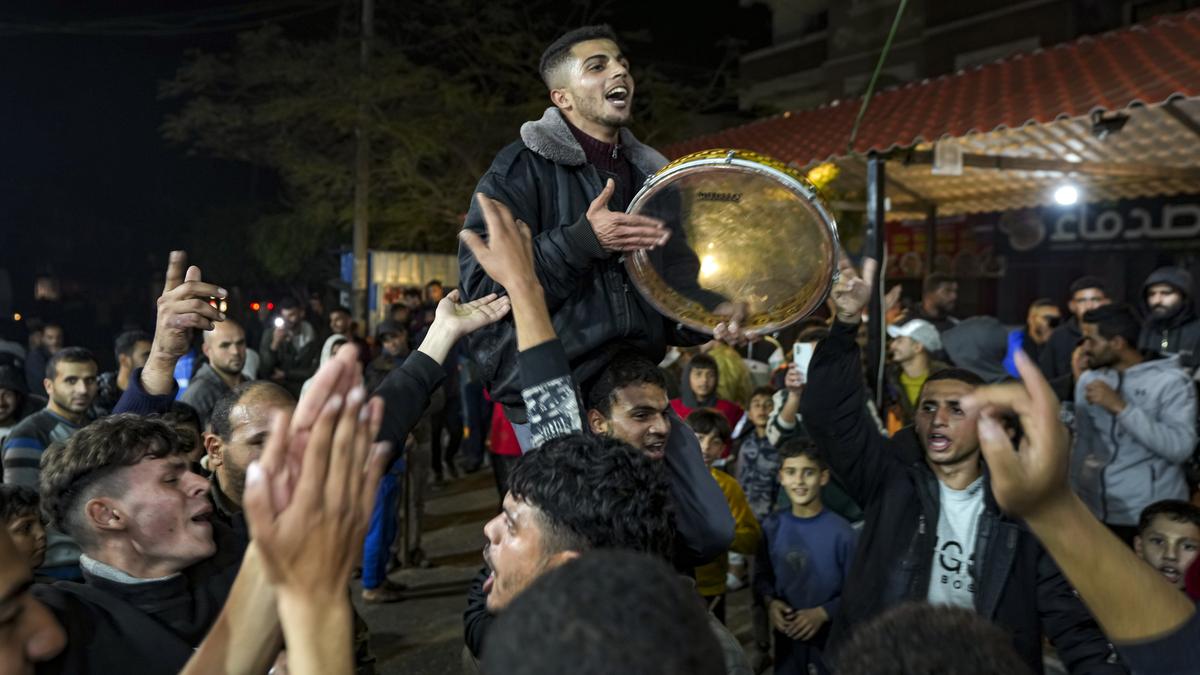
What the Israel-Hamas ceasefire deal means for Palestine and Israel: Infographics
The Hindu
The Israel-Hamas ceasefire deal will have an impact on humanitarian aid to Gaza, hostages taken by Hamas, and rebuilding the war-torn region.
Israel and Hamas agreed on the first draft of a ceasefire deal on Wednesday (January 15, 2025), signalling the biggest step yet toward an end to the conflict. Among other things, the 60-day ceasefire process would involve freeing hostages on both sides, increasing aid, reconstruction of destroyed Palestine, and a cessation of attacks.
These measures have been overdue, with people demanding Israel bring back hostages held by Hamas and international organisations warning about the extreme humanitarian crisis in Gaza.
To put the impact of a successful ceasefire in context, the graphics below show the scale of the humanitarian crisis, the hostage situation and the destruction of Palestine through the war.
The Gaza strip’s access to food and other necessary supplies deteriorated sharply after October 7, when Hamas launched its attack. The number of humanitarian aid trucks entering the area plummeted from around 500 to 600 trucks a day to a fraction of that.
Lack of adequate food and other supplies led to a hunger crisis in the region. The Integrated Food Security Phase Classification (IPC) reports show that at least 85% of the population in the Gaza strip are categorised as facing ‘crisis’, ‘emergency’ and ‘catastrophe’ levels of food insecurity ever since December 2023.
The ceasefire’s provision to let at least 600 aid trucks reach Gaza every day will provide a crucial boost to supplies.
As of January 15, around 98 hostages remain captive. Even fewer are confirmed to be alive. This is of the 251 people taken hostage by Hamas on October 7.













